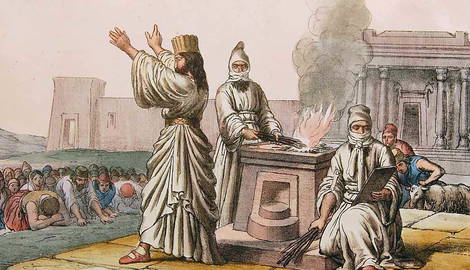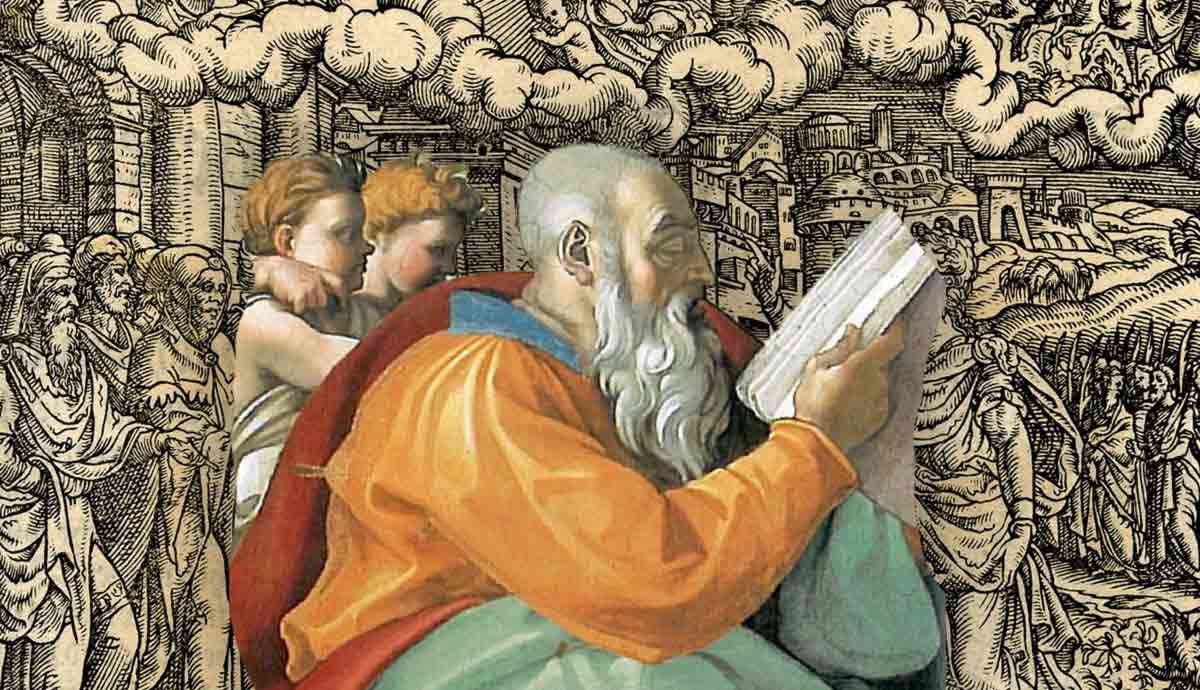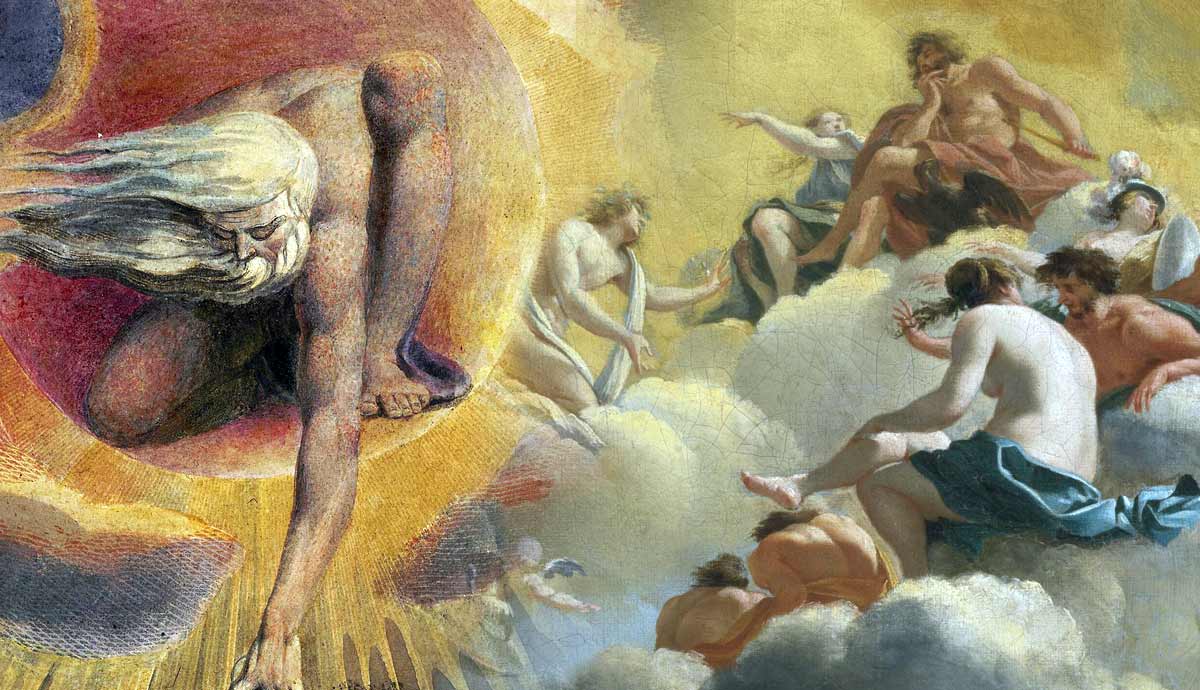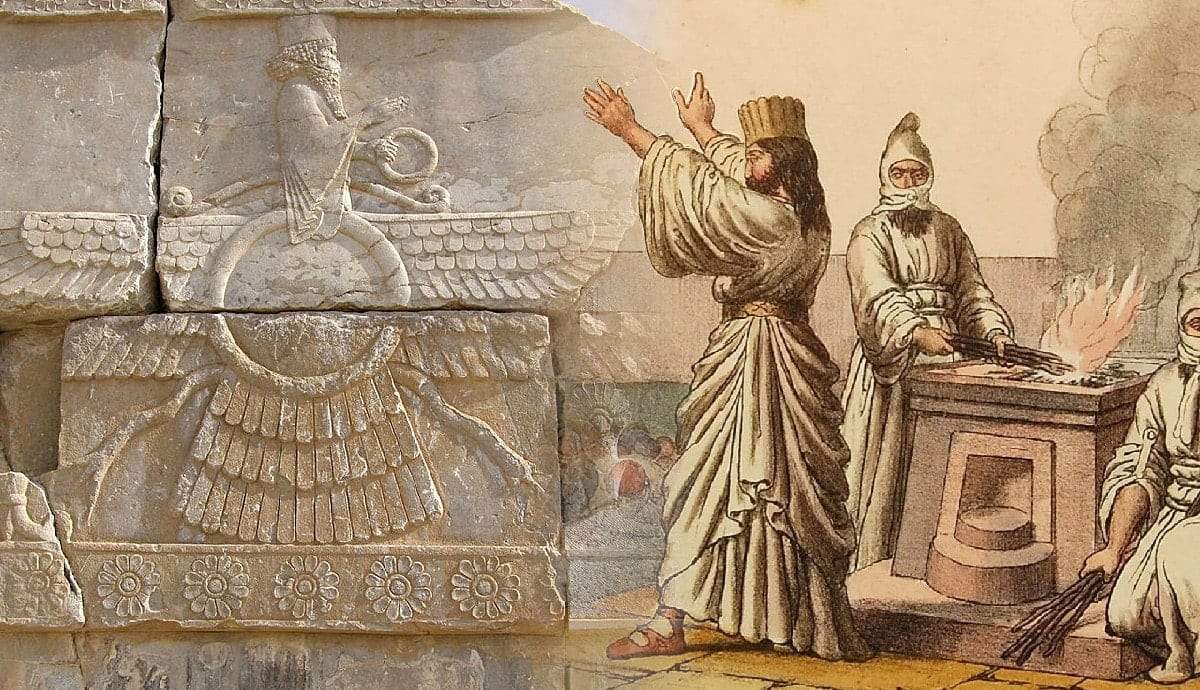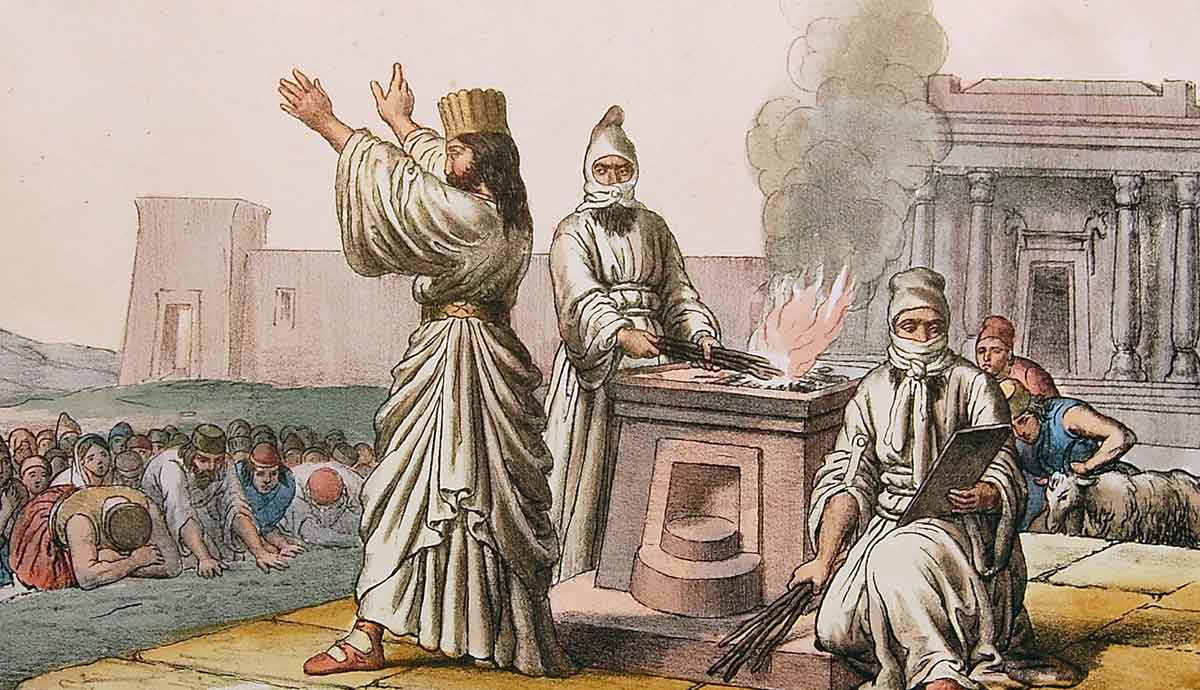
The ancient world was a place of many interconnected cultures and beliefs that were routinely spread along trade routes and through wars. The Christian religion, of course, had its roots in Jewish tradition. However, a closer look at its history reveals some interesting links to a much older faith – Zoroastrianism. The religion had emerged over a millennium before Christianity which in turn rose from Judaism practiced by Jews. Zoroastrianism is believed to have influenced Christianity.
Zoroastrianism’s Main Teachings
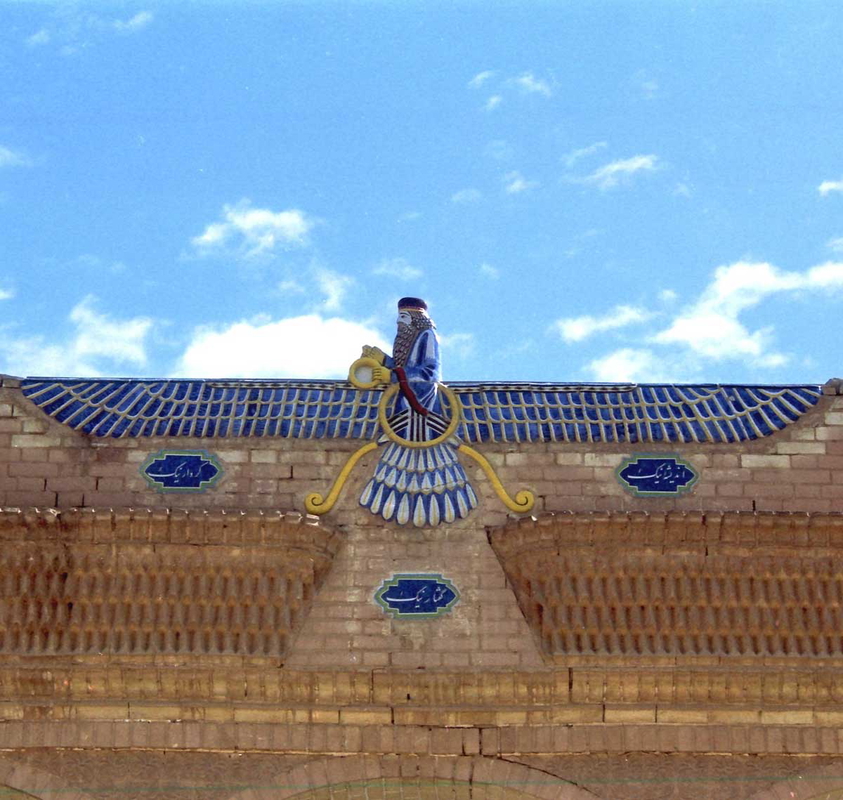
Zoroastrianism was founded by the prophet Zarathushtra between 1500 BCE and 1200 BCE and is regarded as one of the world’s first religions with one main god. Its core tenet was that life was a constant battle between two antagonistic powers. One was Ahura Mazda, the good creator of truth and light, and the other was Angra Mainyu – the evil spirit who brought chaos and darkness. According to its teachings, humans were not just watchers in this fight.
They had free will and had to choose a side through their thoughts and actions. The principles are strikingly similar to those found in Christian ideals and are believed to have influenced the idea of angels and demons in the Christian religion.
When Zoroastrianism Began to Influence Christianity
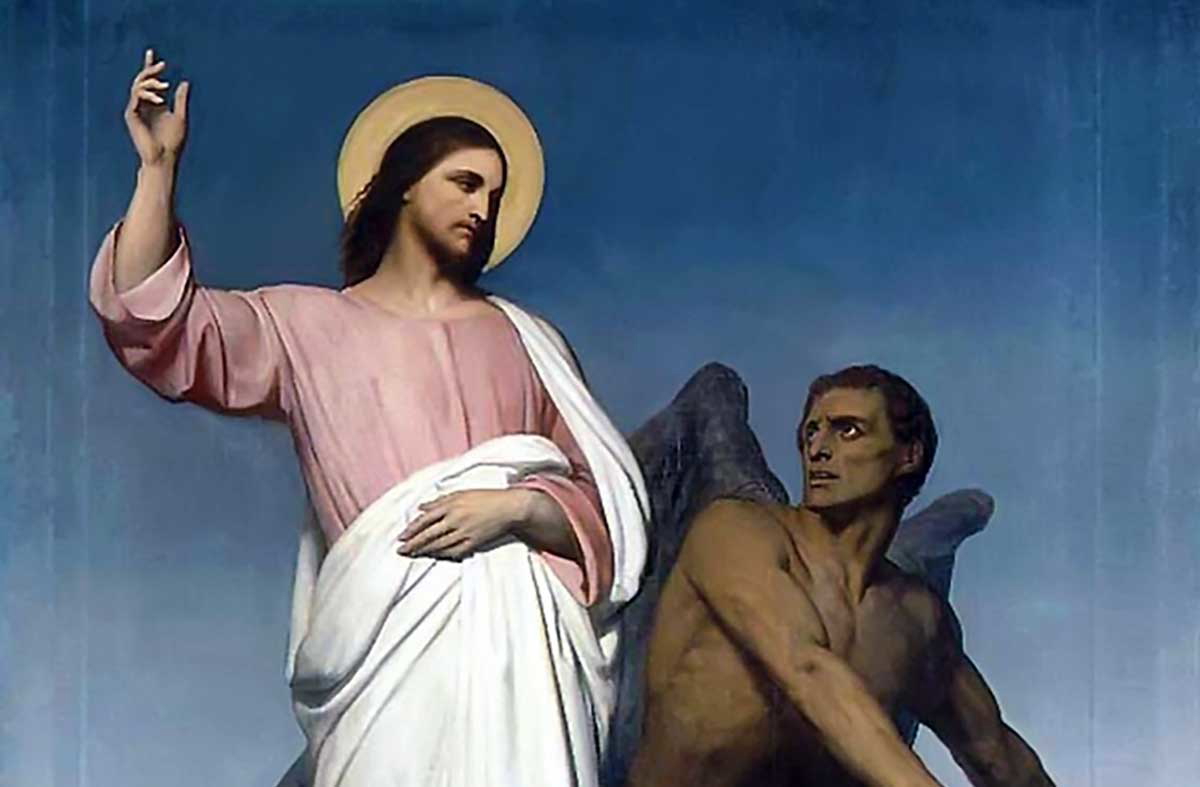
Before the Babylonian exile which occurred in 586 BC, Jewish ideas about angels were quite simple. They were considered messengers from God with no ranks among them. However, after the exile, the Jewish people were conquered by the Persian Achaemenid Empire that practiced Zoroastrianism. It is from that moment that major religious influences emerged, likely due to the amalgamation of cultures. Notably, the concept of angels in Jewish books changed and became more complex. By that time, Zoroastrianism already had an established angelic system and they were considered a part of Ahura Mazda’s helpers. On the other hand, Angra Mainyu, the opposing force, had an army of demons who tried to ruin the world.

Following the Great Persian influence, cosmic fights between the forces of good and evil began to feature more prominently in Christian texts. The archangels Michael and Gabriel also assumed bigger and more defined roles after the exile and the idea of Satan as a separate, evil entity who fought God and tempted people also seems to have grown stronger during this period. While the evil power (Satan) existed in older Hebrew books, he was often depicted as an accuser who was subservient to God and not an independent force that spread evil. As such, the characteristics of the Zoroastrian evil being, Angra Mainyu. who was a formidable enemy are believed to have been used as a model for the Christian devil.
Similarities in the Concept of the End Times
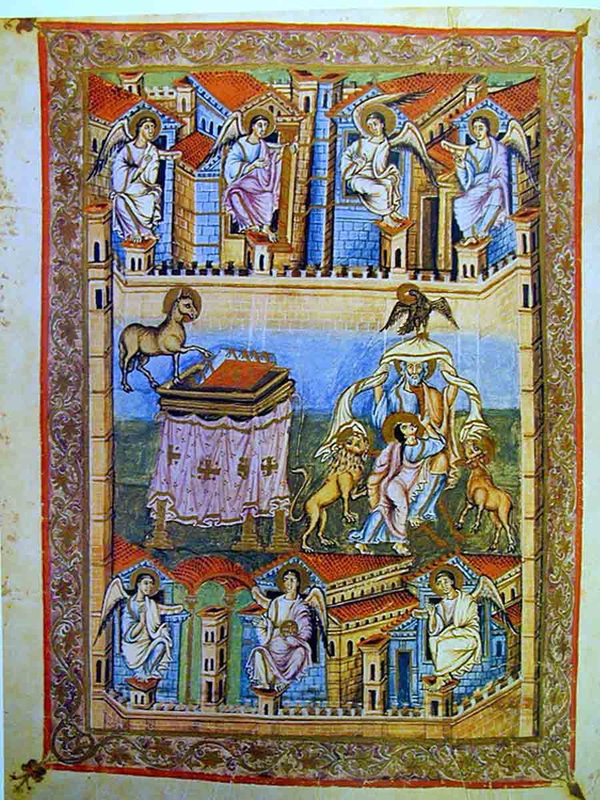
The concept of the end times provides another striking link. Zoroastrianism presents a very detailed and positive explanation of what will happen at the end of time. It tells of a final cosmic battle where good will finally overcome evil. The event will be followed by the return of the dead and a final judgment process where each soul is judged by its actions. Finally, it portrays a remade world where pain and evil are gone. The vision of a remade earth explained as a new heaven and new earth has major similarities with the descriptions in the Christian Book of Revelation.
Before the Great Persian influence era, Jewish ideas about the end times were less clear about the return of the dead and lacked a detailed final judgment phase. The specific parts of a mass resurrection and a cosmic judgment seem to have become clearer after the Persian influence. Moreover, the Zoroastrian idea of a bridge of judgment that all souls must cross that allows good people to pass with ease and the bad people falling also has a strong resemblance to later Christian concepts of heaven and hell.
Did Zoroastrianism Have a Figure Similar to Jesus?
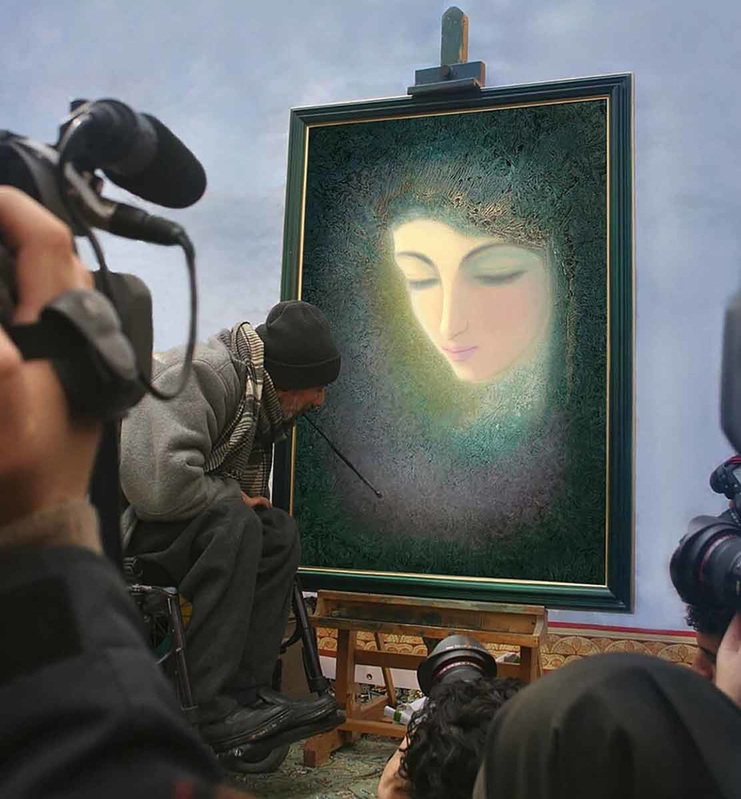
Saoshyant, the future savior figure in Zoroastrianism, invites comparison. Saoshyant was said to have been born of a virgin and would lead people in the final remake of the world and help Ahura Mazda in the final defeat of Angra Mainyu, the opposing force. According to Zoroastrianism, he would bring about the resurrection of the dead and oversee the final judgment. While the role of Jesus as the Messiah and savior is different, the broad ideas of a heaven-sent rescuer born through a miracle and who brings salvation and judges all people, have similarities that are hard to ignore. It is likely that as Christianity developed its own unique beliefs, it drew some of them from a rich collection of Zoroastrian ideas.
